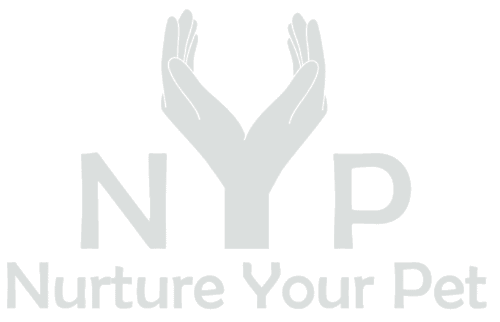What is dog obedience training?
Dog obedience training is a communication system that you develop between you and your dog to obey certain commands. Dog obedience training helps your dog learn good manners. What’s more, it enables you to create a stronger bond with your dog because well-mannered dogs are responsive, calm, and easy to manage.
What are the benefits of dog obedience training?
If you are considering taking your dog through obedience training, then these are some of the perks you will gain by making the right decision:
Easy Management
Obedience schools teach your dog basic commands such as sit, leave it, etc. that helps to control a dog’s behavior. Once your dog masters these commands, it will be easy to manage your dog at social events such as parties. Your furry friend would also behave well in the presence of guests in your home and respond positively.
Safety
An obedient dog can be left around kids because it is calmer and less aggressive. Obedience training also lowers risks to itself. For example, a basic command can prevent a dog from getting hit by a car when walking along the road. This is because your dog will respond when any instruction has been given.
Friendliness
Your dog will become more social and friendly after undergoing obedience training. This makes your dog interact positively with fellow dogs and other animals it may encounter at the vet clinic, parks, or even in the neighborhood.
What are the 7 basic commands every dog should know?
Dog obedience training involves teaching your dog 7 basic commands. These commands enable your dog to behave appropriately in any situation. Your dog will also become more social and friendly after learning these commands.
Sit
Sit is the easiest command to teach. It is usually the first command introduced to your puppy. If your dog can master this command, then it will be easy to learn the remaining basic commands. It involves training your dog to sit on the ground. You should use one word and use it consistently to avoid confusing your dog.

Lay Down
Lay down or simply “down” is the second command you should introduce to your dog. Most dogs would love it because it is comfortable to lie down on their bellies. When your dog learns this command, you can take it to coffee shops or even to parks. This is because a dog that is relaxed in public can allow you to focus on another activity such as conversing with a friend.
Stay
This command comes in handy when you need your dog to remain at a point while you are going to another place. For example, you can command your dog to “stay” in the kitchen while you answer the door or take a bath.
Come
This is an important command because it can help save your dog’s life. The command “Come” can protect your dog from getting into fights with other dogs or getting knocked down in traffic. While you may put the leash on your dog, they will inevitably walk out the door at some point without your consent. This command can help you control your dog’s movements.
Off
Off is a command that teaches your dog to remain calm. Dogs are known for inappropriate behaviors such as jumping on visitors and destroying furniture. Use this term to make your dog stop doing something bad in your presence.

Don’t Touch
We all suffer from shiny object syndrome. Even our furry friends suffer from this syndrome. They want to touch every object they find interesting. The “don’t touch” command directs your dog to stop using an object immediately. You can replace the “don’t touch” command with the “leave it” command.
Controlled Walking
Does your dog pull you as you take it on a walk? We should not blame our furry friends because they are an active animal that wants to explore their surroundings. But you can use the “Controlled walking” command to manage your dog’s walking pace.
At what age should I start training my new puppy?
The best time to start your new puppy is as soon as you bring it to your home. This is because puppies start learning from birth. While their attention spans may be low, puppies can master a few basic commands such as “sit,” “down” after repetition. Good Pet-Parents start training their puppies immediately after they open their eyes and begin to walk.
Check out our Pet Training Blog for expert guidance on training your furry companion. Explore articles on effective training techniques, behavior modification tips, and building a strong bond with your pet. Empower yourself with valuable insights to enhance your pet's training experience and strengthen your relationship with them.
Author: Vincent Otieno









